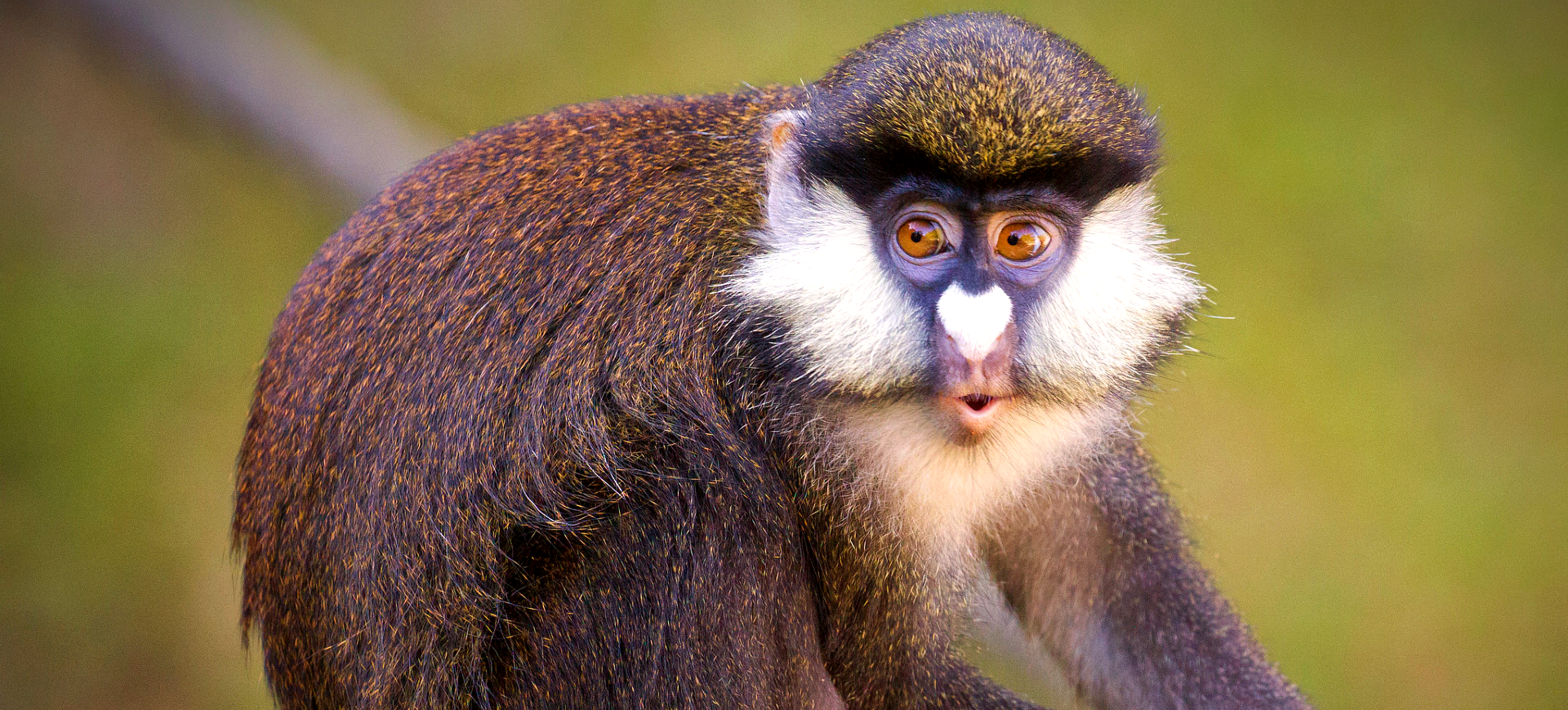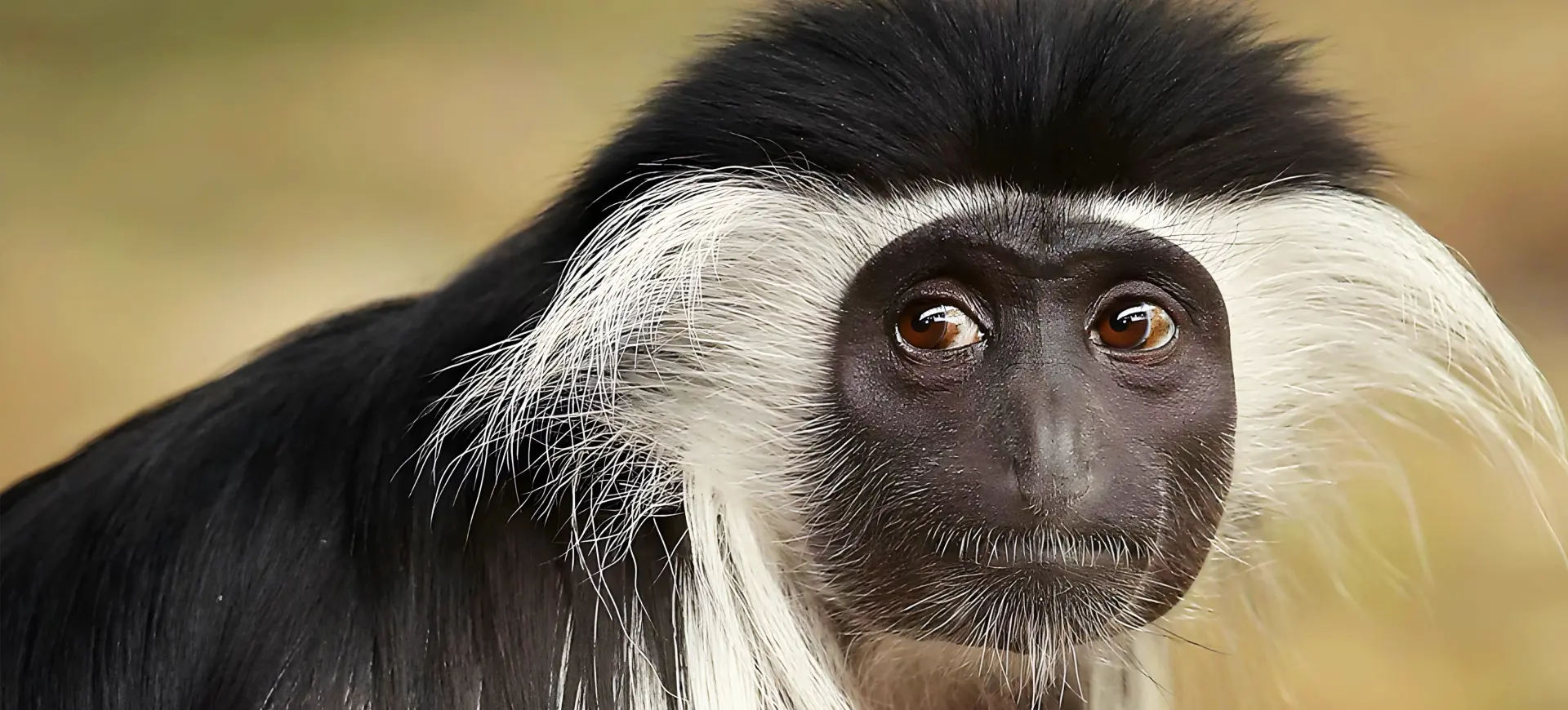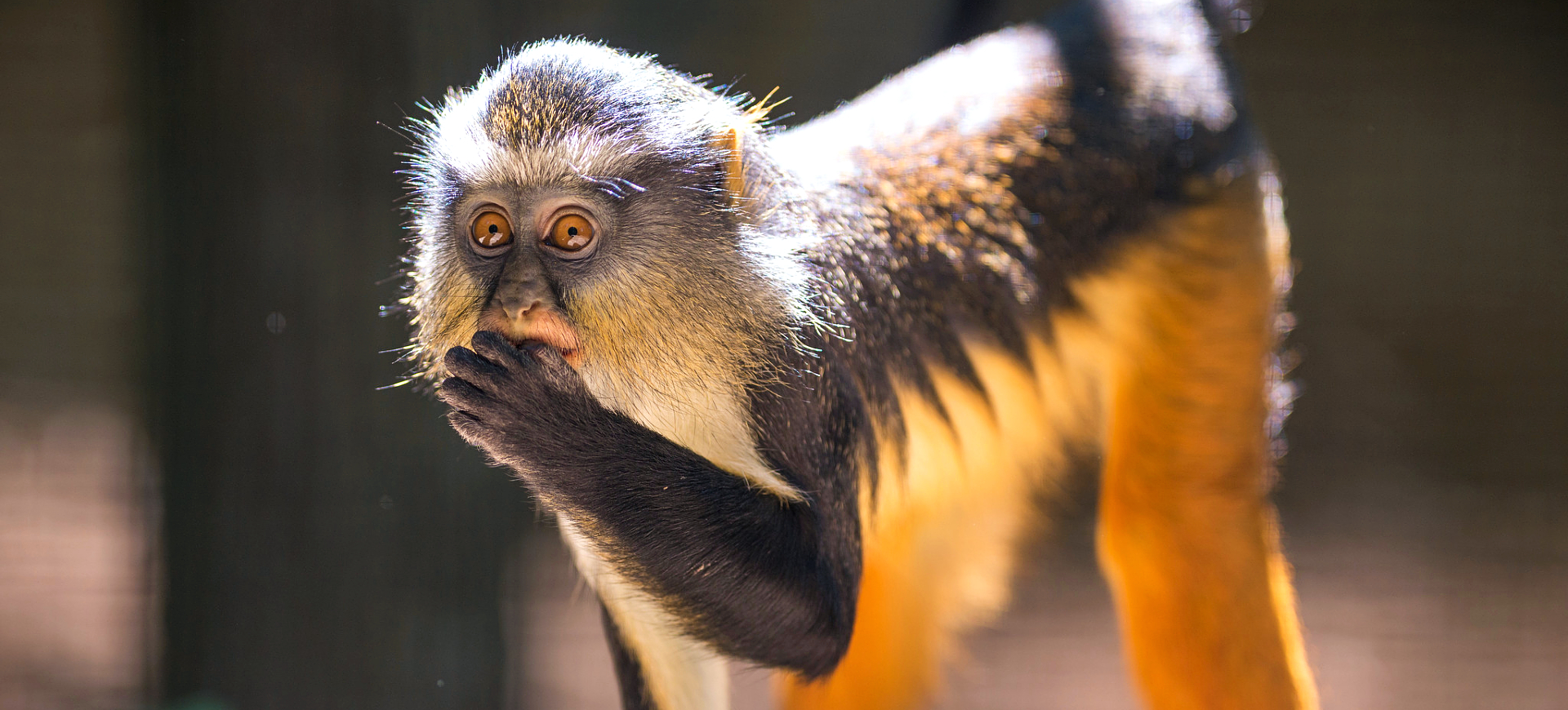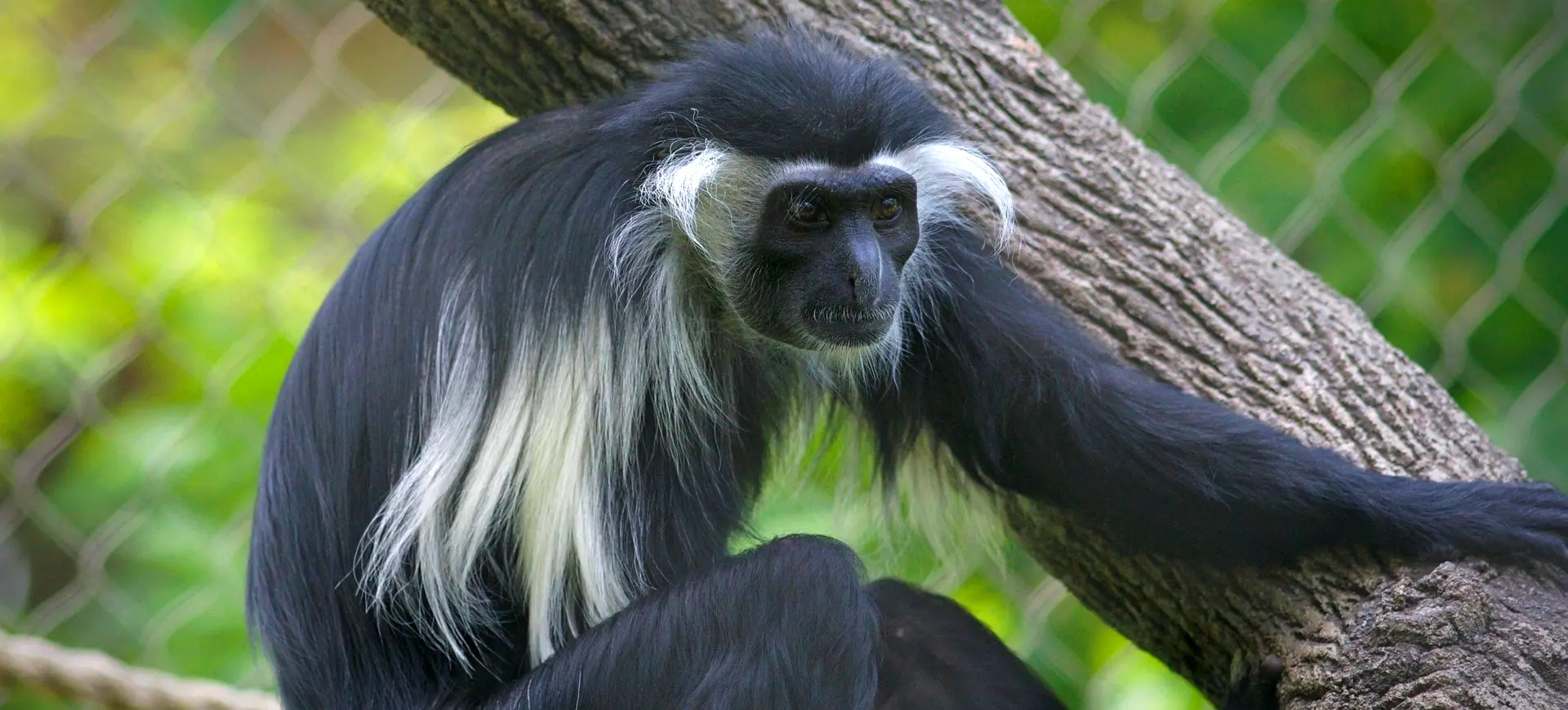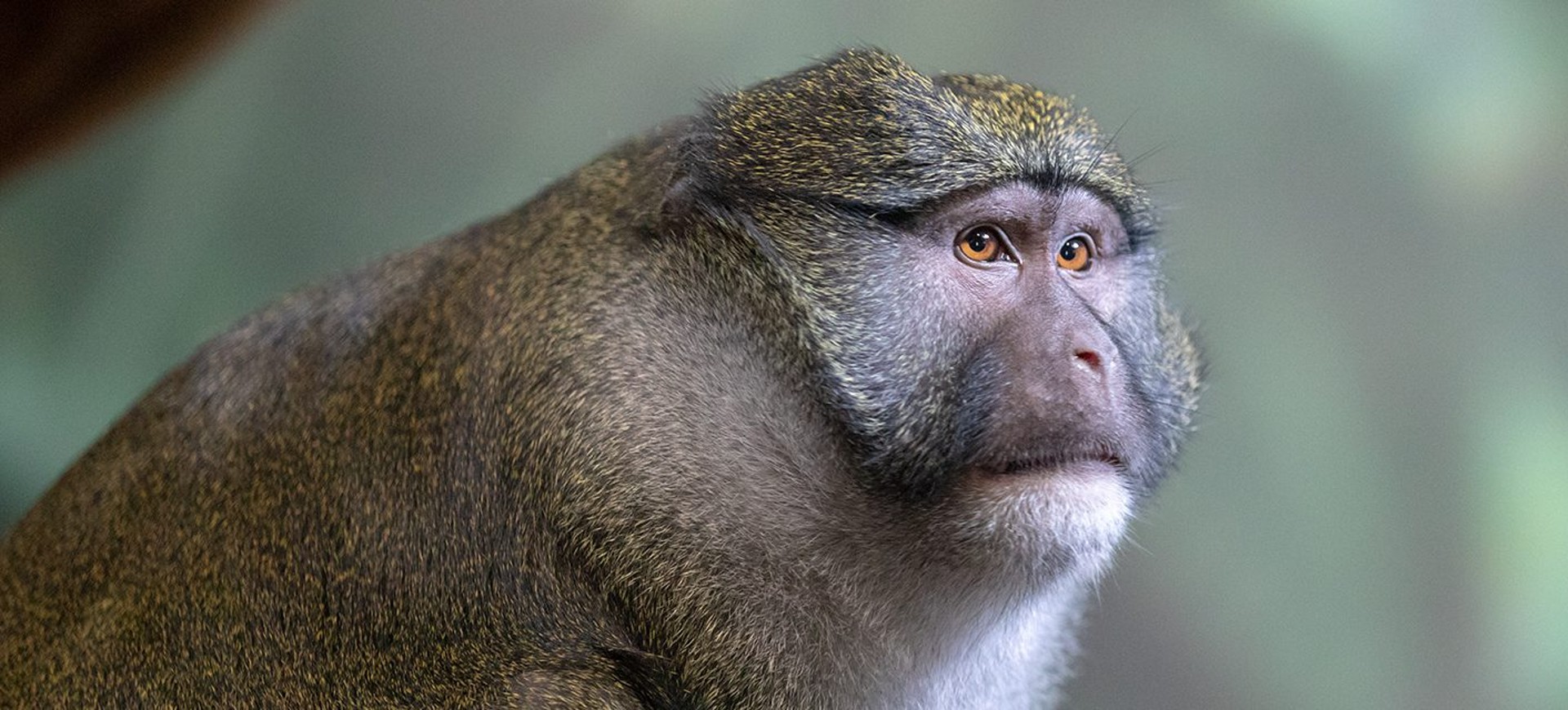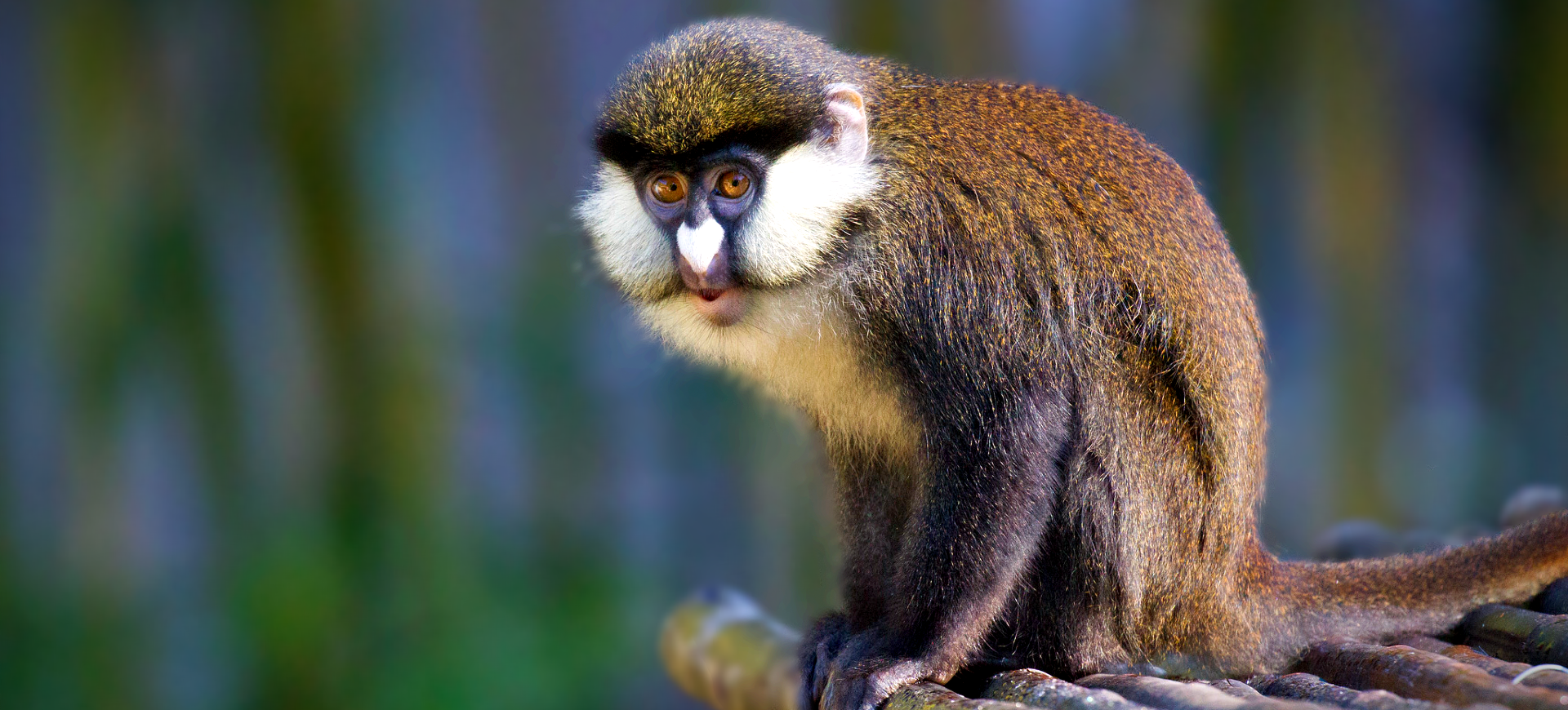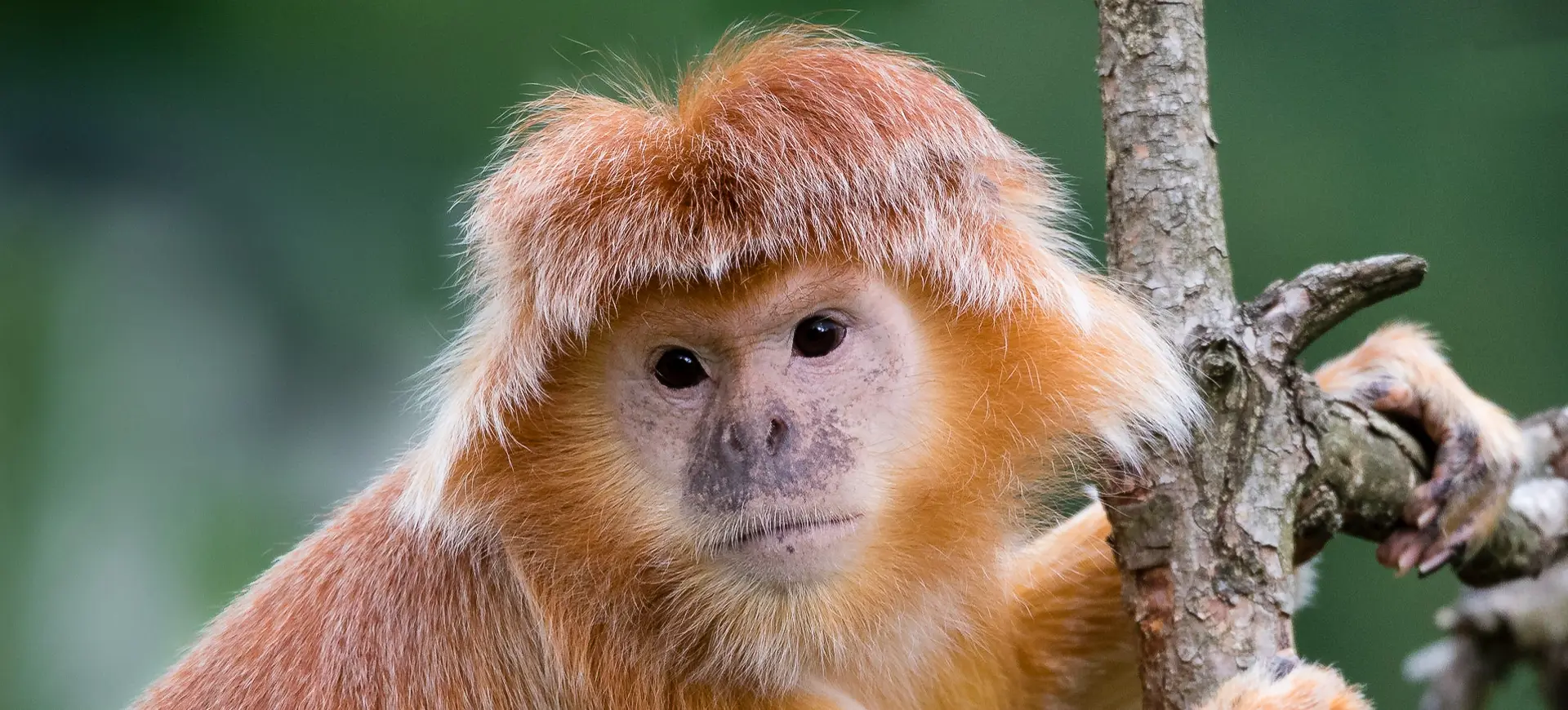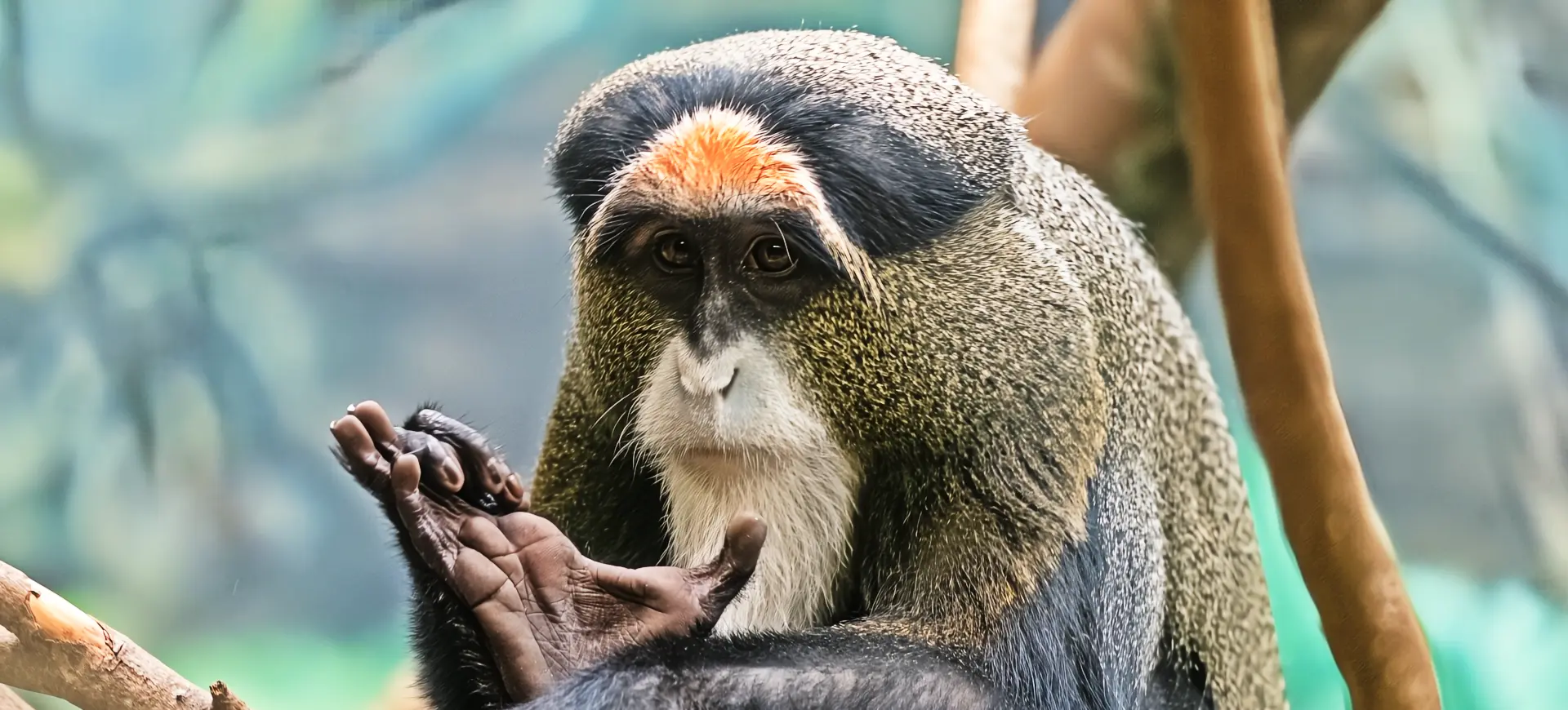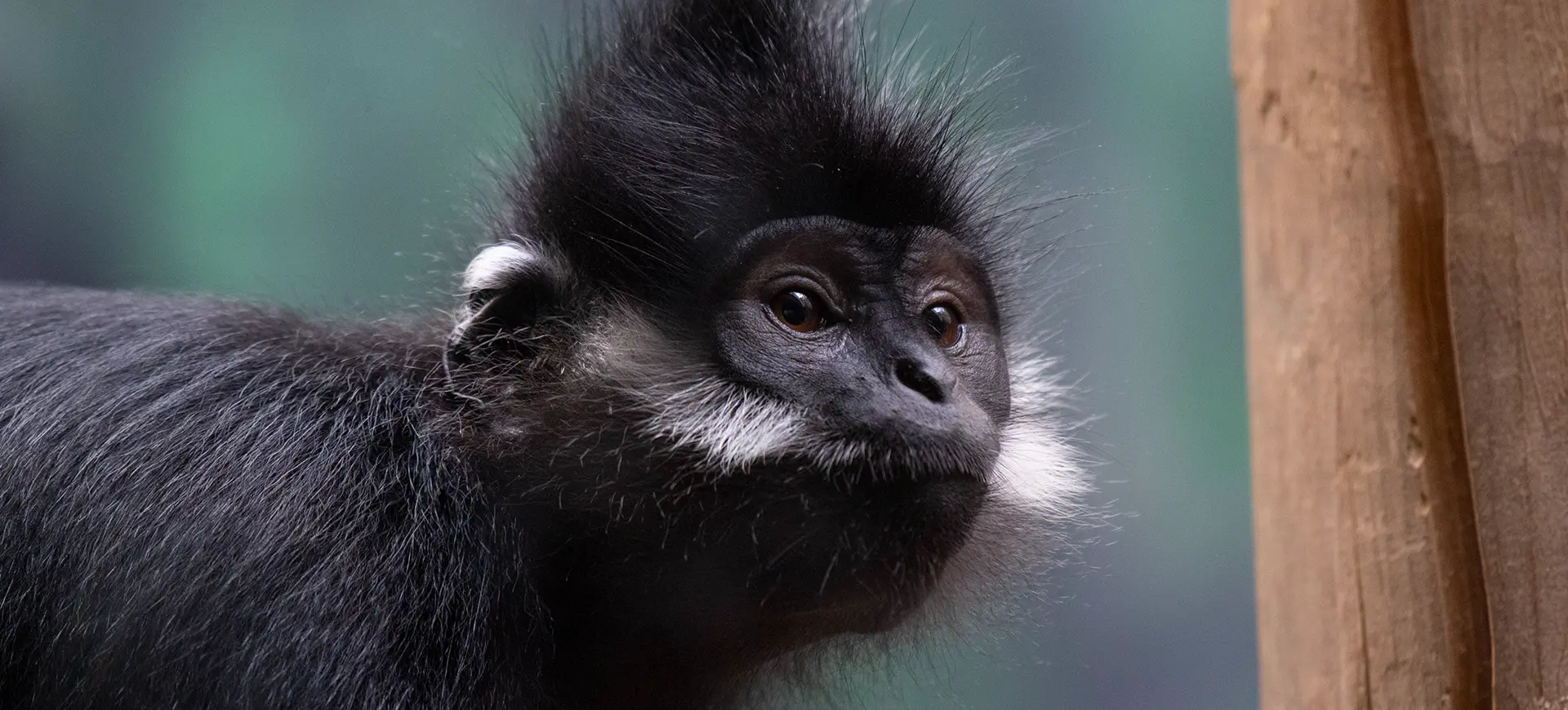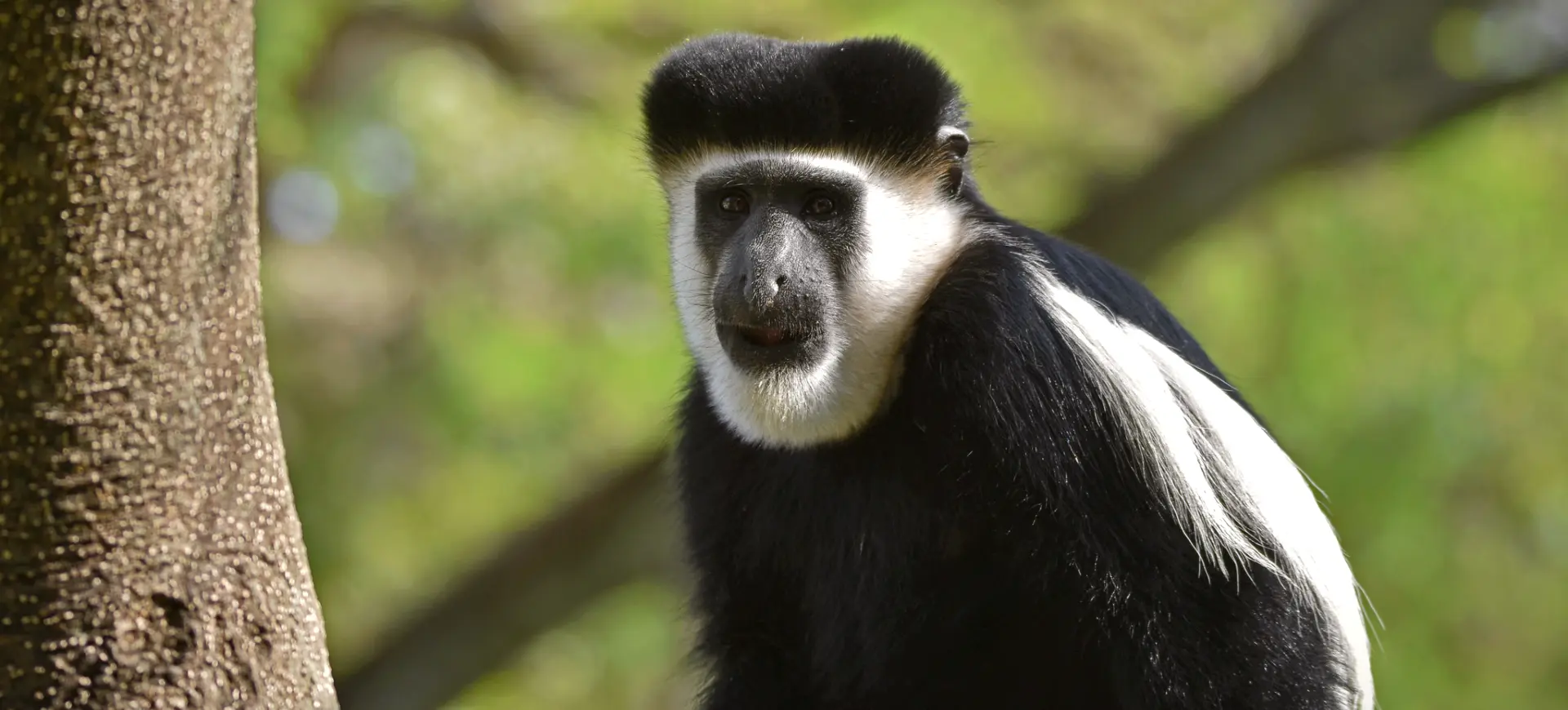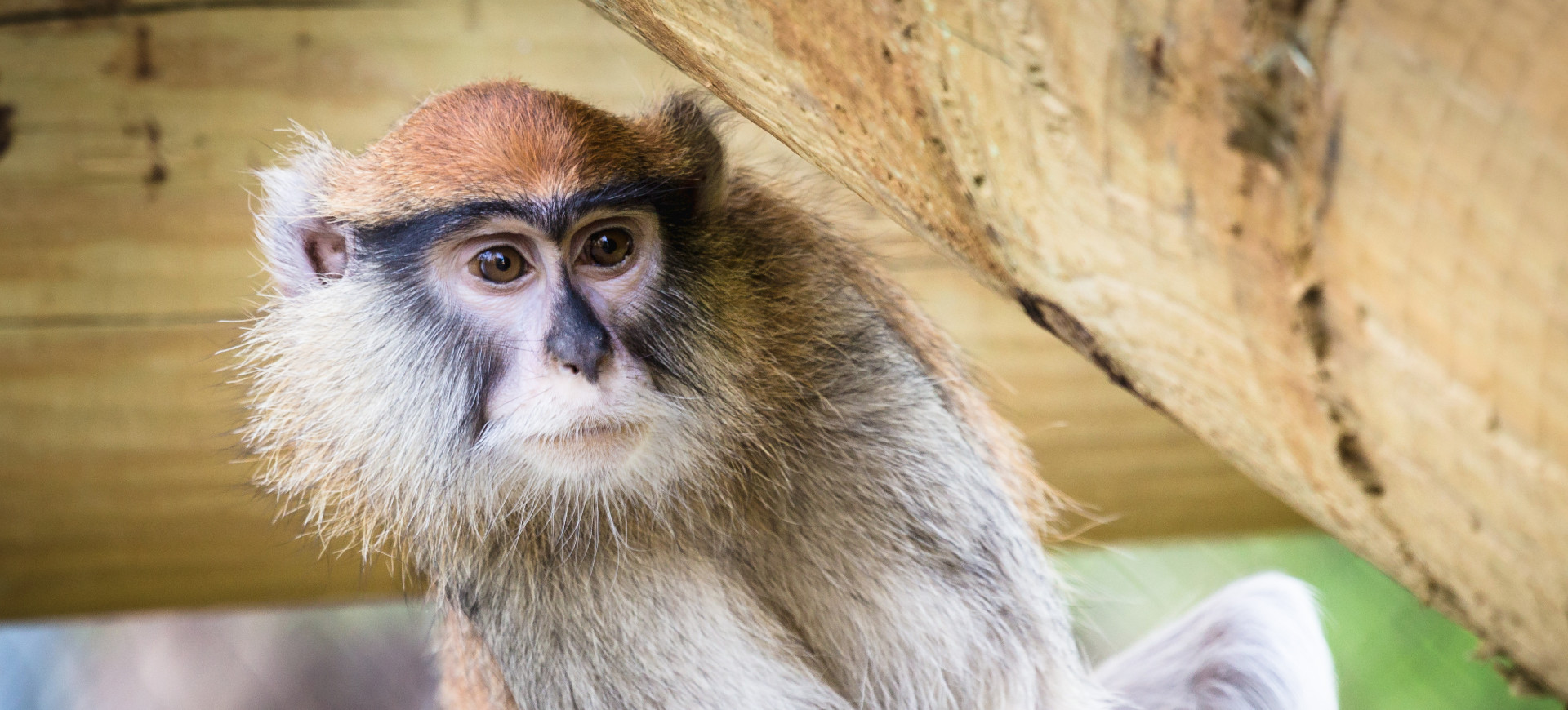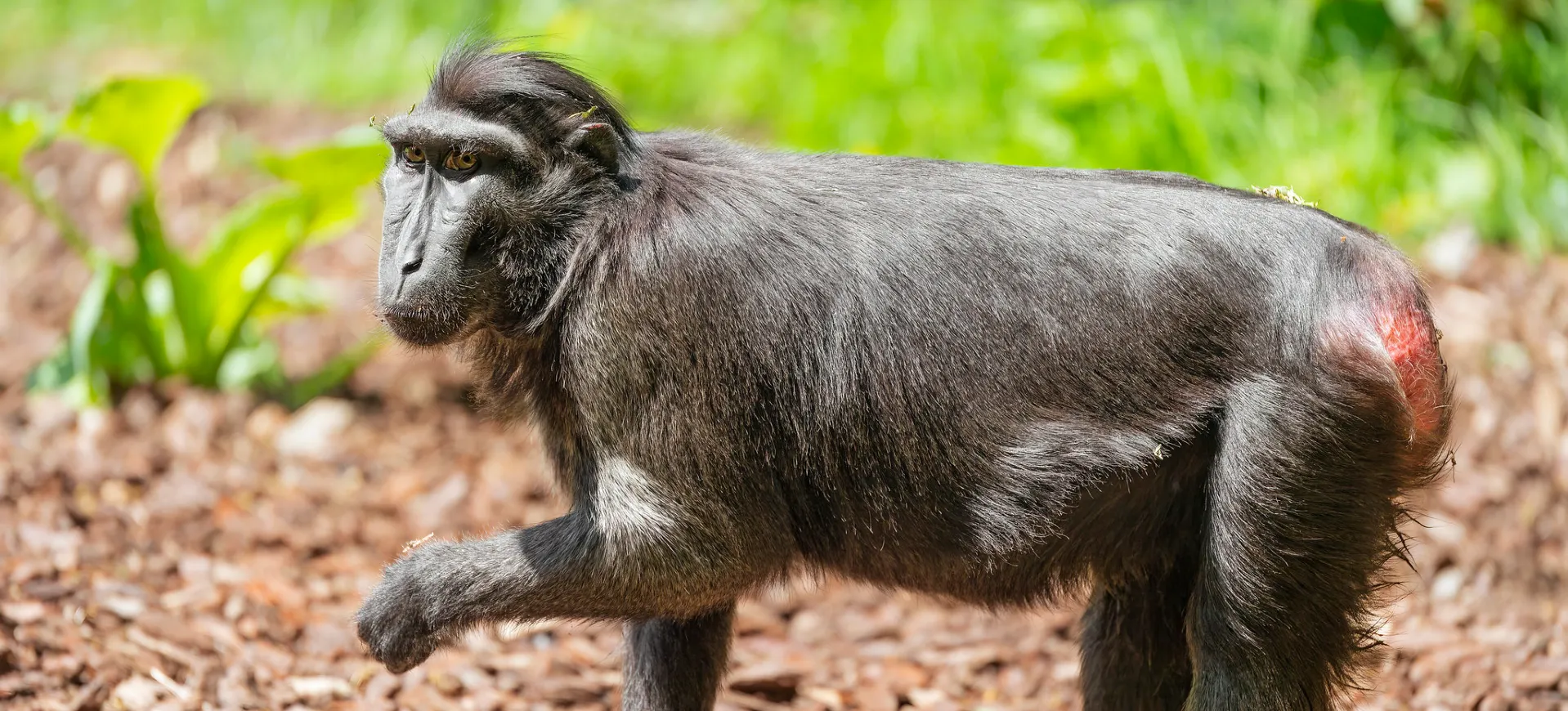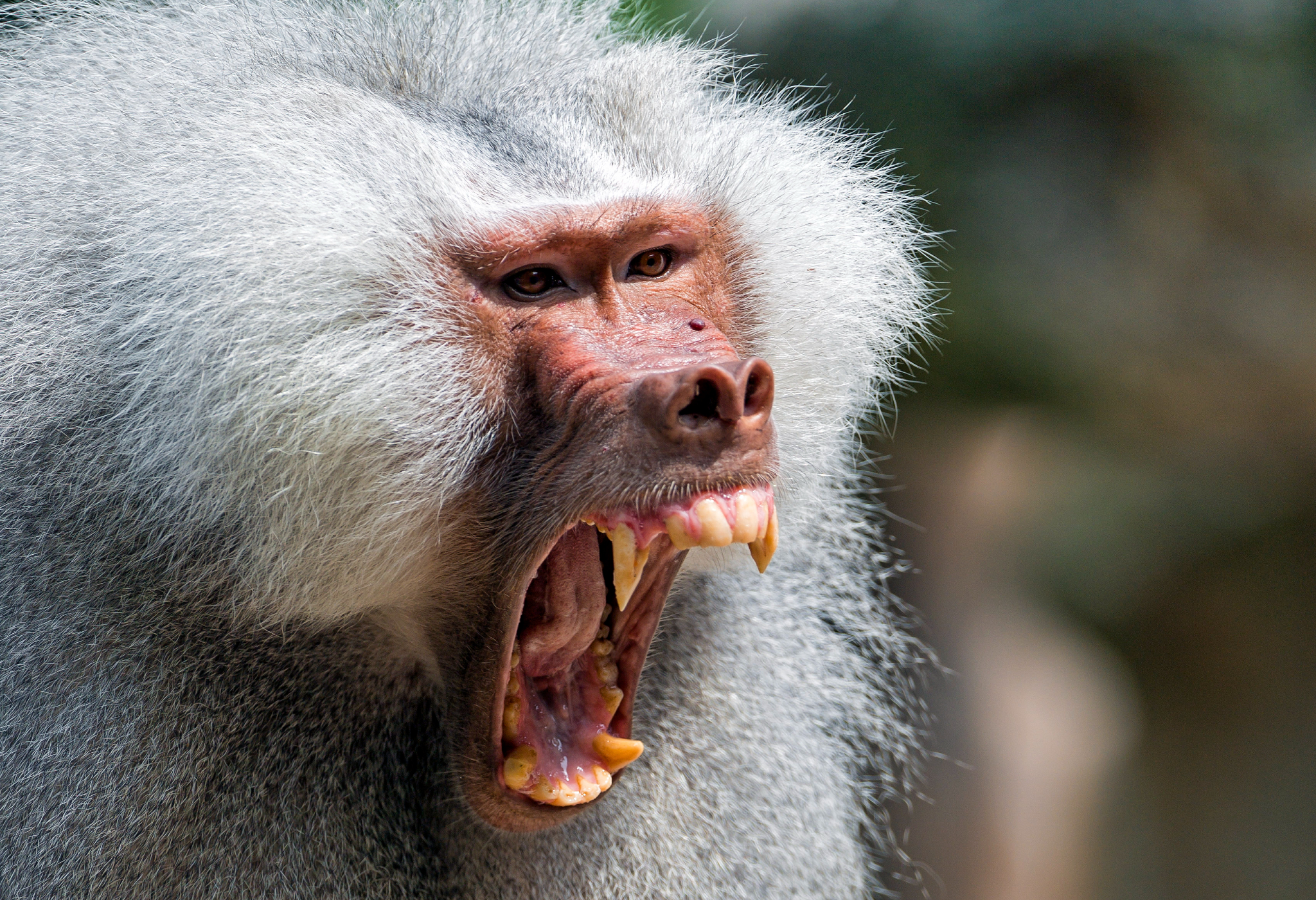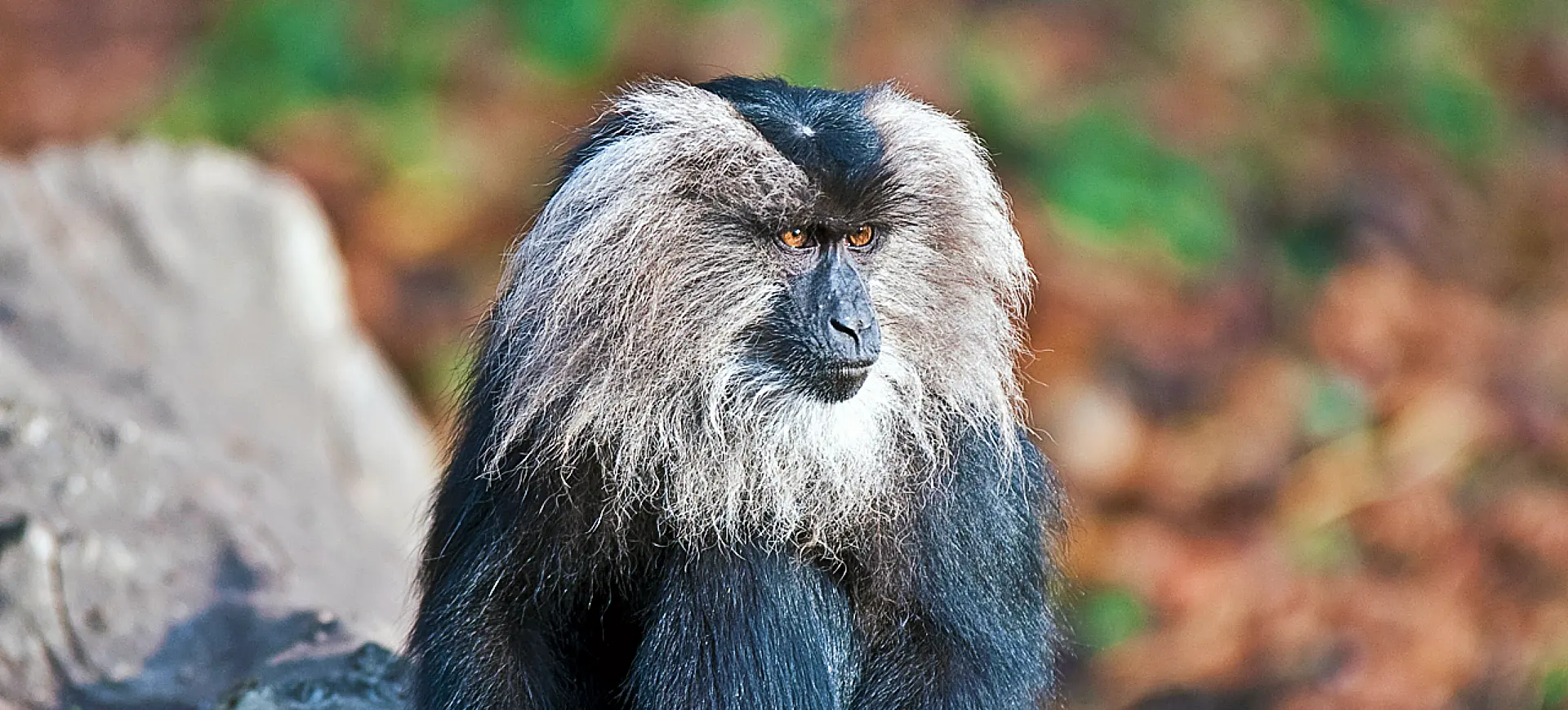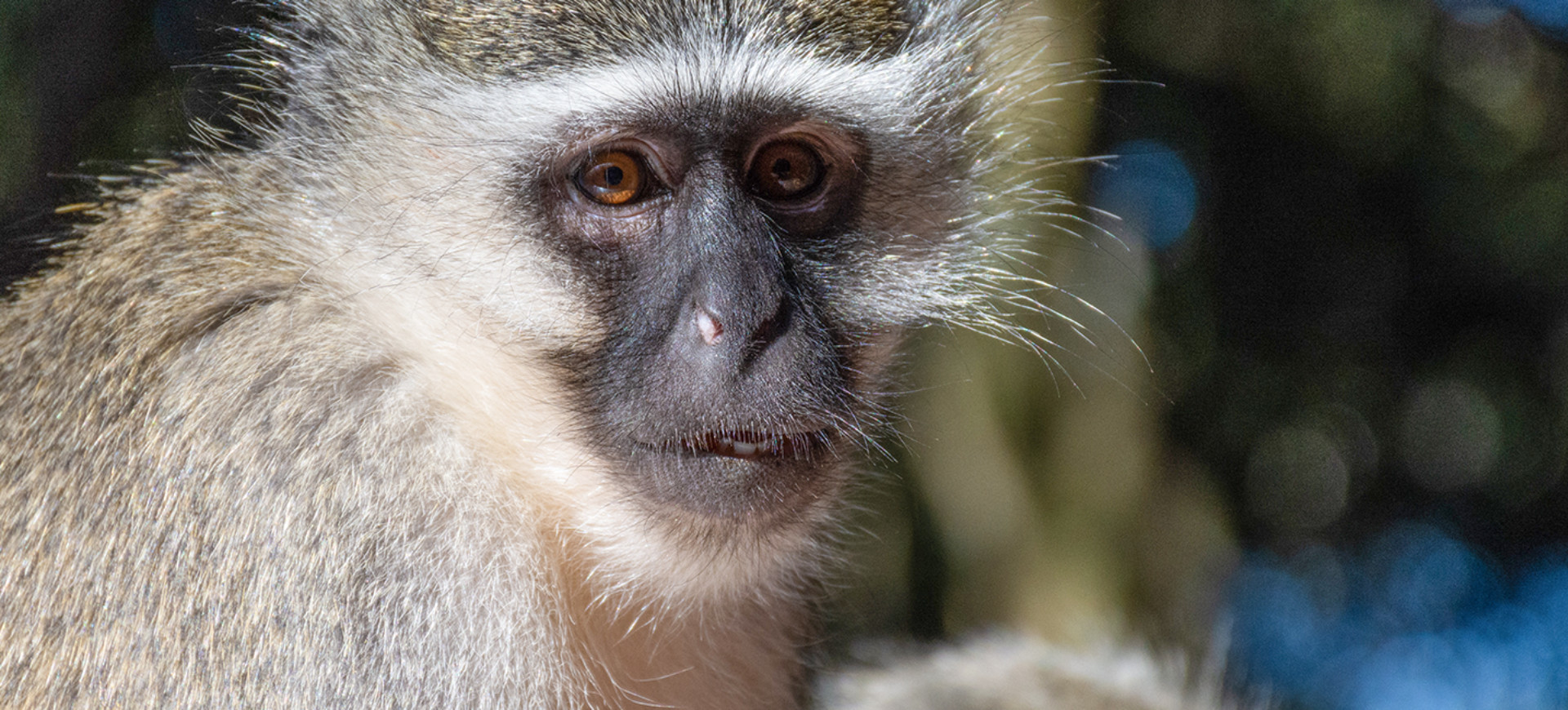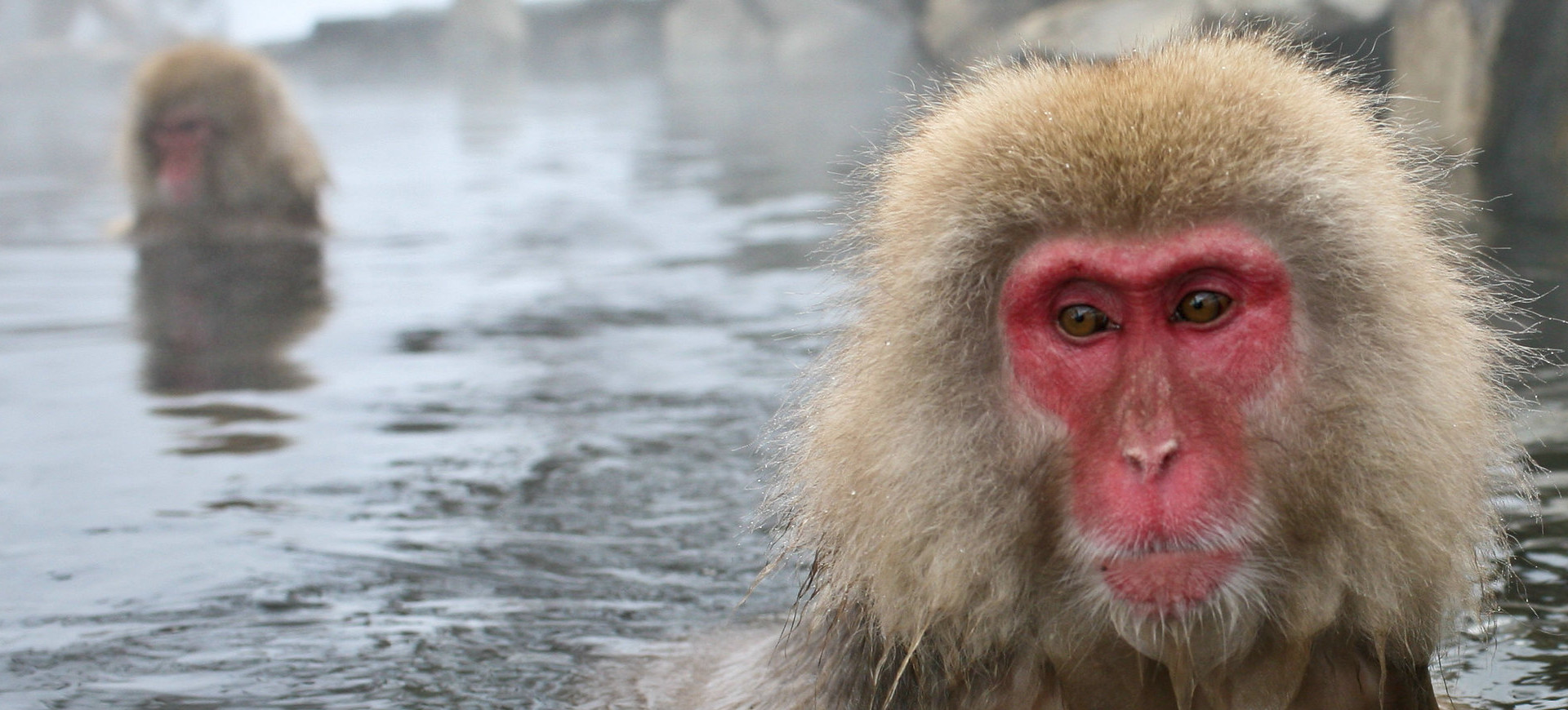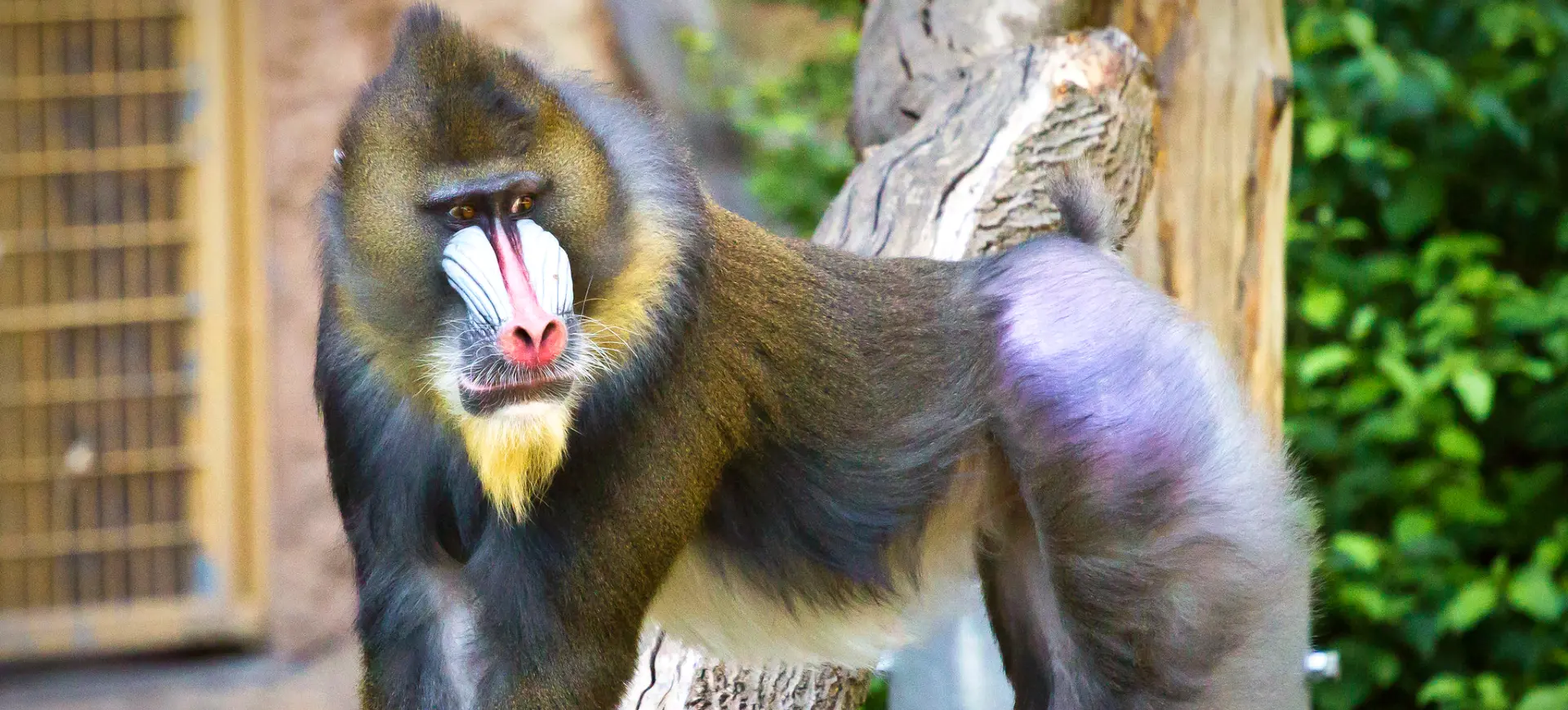Overview
The Gelada is a unique primate species found exclusively in the Ethiopian Highlands. It is the last surviving species of a once-diverse group of grass-eating primates. Characterized by its striking facial features and a mane of hair, the Gelada is often called the “bleeding-heart monkey” due to the red patch of skin on its chest, which is more pronounced in males and signals emotional states.
Unlike most primates, primarily arboreal, Geladas are terrestrial and spend significant time on the ground. They are well-adapted to a graminivorous diet, primarily feeding on grasses, constituting up to 90% of their diet. This adaptation is unique among primates and has led to specialized dental morphology and digestive physiology.
Geladas live in complex social structures, often forming large groups that can number in the hundreds. They are known for their elaborate vocalizations, which serve various social functions, including bonding and conflict resolution. Despite their fascinating biology and behavior, Geladas face increasing threats from habitat loss and human activities.
Taxonomy
Kingdom
Phylum
Class
Order
Family
Genus
Species
Sub Species
Type
Physical Description:
Geladas are medium-sized primates with a robust build. Males are larger than females and can be easily distinguished by their mane hair and the bright red patch on their chest. The face is hairless and varies from pale pink to dark brown. Their hands are adapted for terrestrial locomotion and foraging, with opposable thumbs that help them grasp grass blades efficiently.
The coat of the Gelada is thick and varies in color from light brown to dark brown, providing camouflage against the Ethiopian Highlands’ rocky and grassy landscapes. Their eyes are brown and have a keen sense of vision, which is crucial for detecting predators and communicating within the group. The dental structure is specialized for their graminivorous diet, featuring molars adapted for grinding plant material.

Lifespan: Wild: ~20 years || Captivity: ~25 years

Weight: Male: 42–50 lbs (19–23 kg) || Female: 26–37 lbs (12–17 kg)

Length: Male: 29–31 in (74–79 cm) || Female: 20–23 in (51–58 cm)

Height: Male: 27–30 in (68–76 cm) || Female: 22–25 in (56–64 cm)

Top Speed: 20 mph (32 km/h)
Characteristic:
Native Habitat:
Geladas are endemic to the Ethiopian Highlands, where they inhabit montane grasslands and meadows. These high-altitude habitats provide the necessary conditions for their specialized graminivorous diet. The terrain is often rugged, featuring cliffs and gorges, which protect the Geladas from predators during the night when they sleep.
The Ethiopian Highlands are characterized by a unique set of ecological conditions, including low temperatures and high rainfall, which support the growth of abundant grasslands. These conditions have played a significant role in shaping the unique adaptations and behaviors of the Gelada, making them highly specialized to this particular environment.
Biomes:
WWF Biomes:
Biogeographical Realms:
Continents:
Countries:
Diet:
Diet & Feeding Habits:
Geladas primarily feed on grasses, which make up about 90% of their diet. They are highly specialized graminivores, a unique adaptation among primates. They use their hands to pull grass blades and specialized teeth to grind and process the plant material. This diet is supplemented by flowers, roots, and occasionally insects, especially during the dry season when grass is less abundant.
The feeding behavior of Geladas is closely tied to their social structure. They usually feed in groups, often moving in a coordinated manner across the grasslands. This group foraging behavior serves multiple purposes, including increased vigilance against predators and efficient exploitation of food resources. The diet is fiber-rich, and their digestive system is adapted to extract nutrients efficiently.
Mating Behavior:
Mating Description:
Geladas have a complex mating system characterized by a harem-based social structure. A dominant male usually mates with multiple females within his harem, and he is responsible for the protection and well-being of the group. During mating, males engage in elaborate displays, including vocalizations and physical postures, to attract females and establish dominance.
Females also play an active role in mate selection, often choosing males based on their ability to provide protection and resources. After a gestation period of about six months, females give birth to a single offspring. Both the mother and other females in the harem care for the young, which are weaned at around six months but may continue to stay with the mother for up to two years.
Reproduction Season:
Birth Type:
Pregnancy Duration:
Female Name:
Male Name:
Baby Name:
Social Structure Description:
Geladas live in complex social structures known as “units,” usually composed of one dominant male, multiple females, and their offspring. These units often combine to form larger aggregations known as “bands,” which can number in the hundreds. Within these bands is a strict hierarchy and a complex set of vocalizations and gestures governs social interactions.
Social bonds are strong, particularly among females, who often engage in grooming and other affiliative behaviors. Males are generally more transient, leaving their natal units to form their harems. Social cohesion is essential for the Geladas, as it provides increased vigilance against predators and helps coordinate group activities like foraging and moving.
Groups:
Conservation Status:
Population Trend:
Geladas are currently listed as Least Concern by the IUCN, with a stable population trend. They are relatively abundant within their restricted range in the Ethiopian Highlands. However, this does not negate their threats, including habitat loss due to agricultural expansion and human settlement.
Conservation initiatives are primarily focused on habitat protection and mitigating human-wildlife conflict. Protected areas like the Simien Mountains National Park provide crucial refuges for Geladas, but more needs to be done to secure their habitats outside these reserves. Community-based conservation efforts are also underway to educate local communities about the ecological importance of this unique primate.
Population Threats:
The primary threats to Gelada populations include habitat loss and fragmentation, mainly due to agricultural expansion and human settlement. These activities lead to the degradation of the montane grasslands that Geladas rely on for their specialized diet. Additionally, they are sometimes hunted for their pelts and are considered pests when they raid crops.
Human-wildlife conflict is another significant issue, especially in regions where Geladas are close to local communities. Measures such as fencing and community education are being implemented to mitigate these conflicts, but the effectiveness of these interventions is yet to be fully assessed. The restricted range and specialized habitat requirements make Geladas vulnerable to environmental changes and human activities.
Conservation Efforts:
Conservation efforts for Geladas are primarily focused on habitat protection and community engagement. Several initiatives aim to restore degraded montane grasslands, which are crucial for the species’ survival. Community-based conservation programs are also in place to educate local communities about the ecological importance of Geladas and promote sustainable land use practices.
Legal protection is another critical aspect of conservation efforts. Geladas are protected under Ethiopian law, and hunting is prohibited. However, enforcement remains a challenge, and more needs to be done to ensure the long-term survival of this unique primate species. Research is ongoing to better understand their ecology and behavior, which will inform future conservation strategies.
Additional Resources:
Fun Facts
- Geladas are the last surviving species of a once-diverse group of grass-eating primates.
- They are known for their complex vocalizations, which are among the most sophisticated in the animal kingdom.
- Geladas are one of the few primates that are primarily terrestrial.
- The red patch on their chest, more pronounced in males, changes color according to their emotional state.
- They have specialized teeth adapted for their graminivorous diet.
- Geladas can live in groups in the hundreds, one of the largest group sizes among primates.
- They are endemic to the Ethiopian Highlands, making them one of the most geographically restricted primates.
- Geladas have a unique “lip flip” display, where they flip their upper lip over their nostrils as a sign of aggression or excitement.
- They form strong social bonds, particularly among females within a unit.
- Despite their robust build, Geladas are agile and can quickly climb cliffs and rocky outcrops to escape predators.







